
1. “Tiny” Text
Does it seem like oversized typography is a thing of the past? Smaller, almost “tiny” text has begun to replace the big bold headers that have been a website design staple for a while now. From smaller headlines to body text that seems sparse, there’s been a definite trend in typography downsizing. While there might be some concerns about readability when it comes to small text sizes, particularly for body text, smaller fonts are not a bad thing. Oversized typography had almost started trending toward garish with sizes and lettering that was almost too big to read with ease. Smaller typefaces feel somewhat softer and give the design more space for other elements for the eye to move around to. The trick to effectiveness with small type is to keep lettering to a minimum. Without a lot to read, this trend can be effective and interesting. On the other hand, with large blocks of type tiny type gets lost and can hinder the user’s ability to read with ease and scan copy efficiently. Balance is a concern as well. All of the typefaces have to scale down somewhat to create a nice sense of harmony. Moonfarmer uses a light typeface for the logotype treatment and a small line of secondary copy. The type elements contrast nicely and the light type treatment seems to fit the mood of the imagery. HTML Burger takes almost the opposite approach with a bold headline and small secondary lines of text. The lighter descriptive words work small because they are common words—HTML, CSS, e-commerce—and contrast significantly with the still-oversized headline. Mountain Dew’s NBA design pushes everything to a small scale. This is one of the smallest headline treatments you’ll likely find, but combined with the overly bold X overlay and video background, users are still pulled to the tiny text.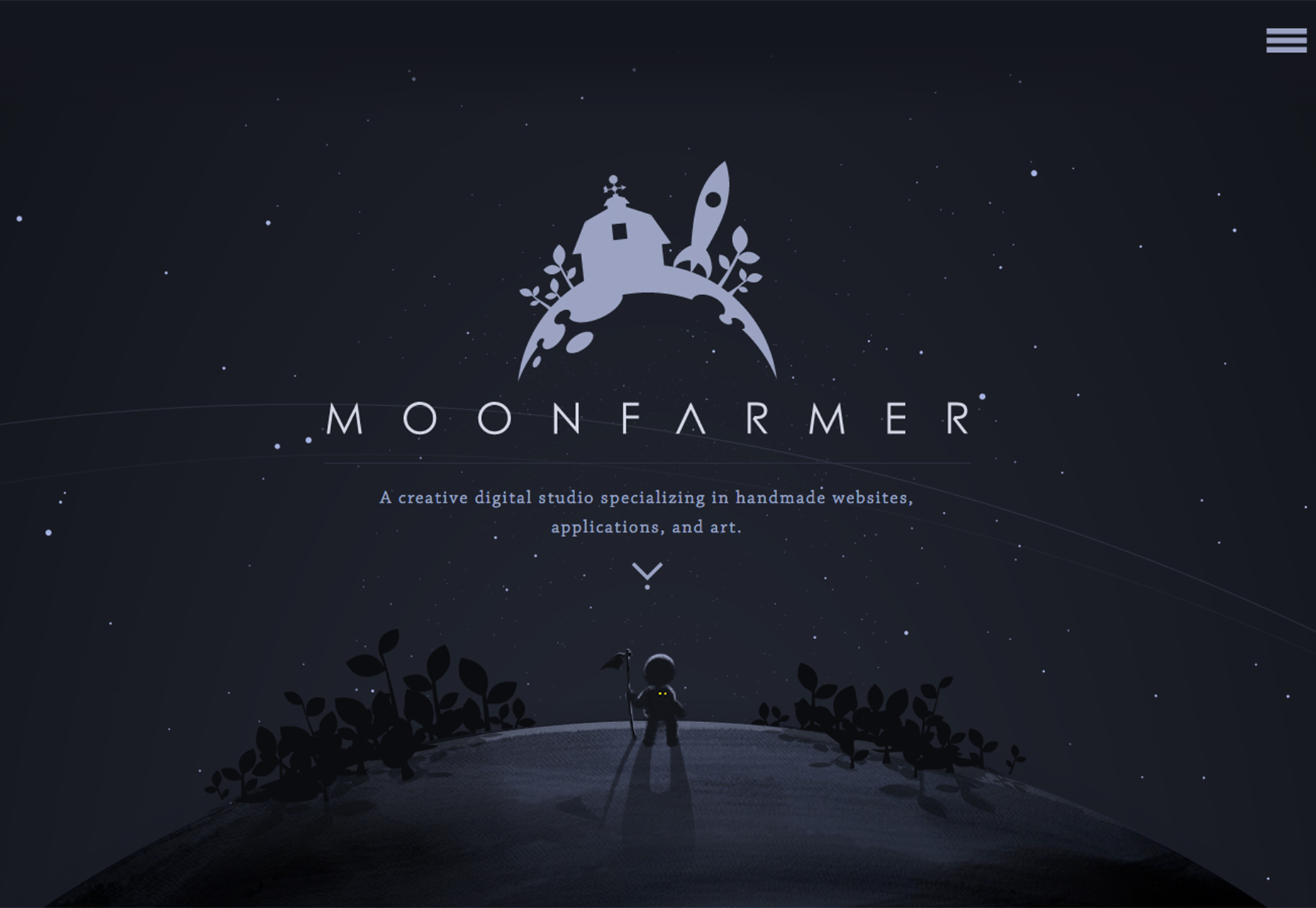
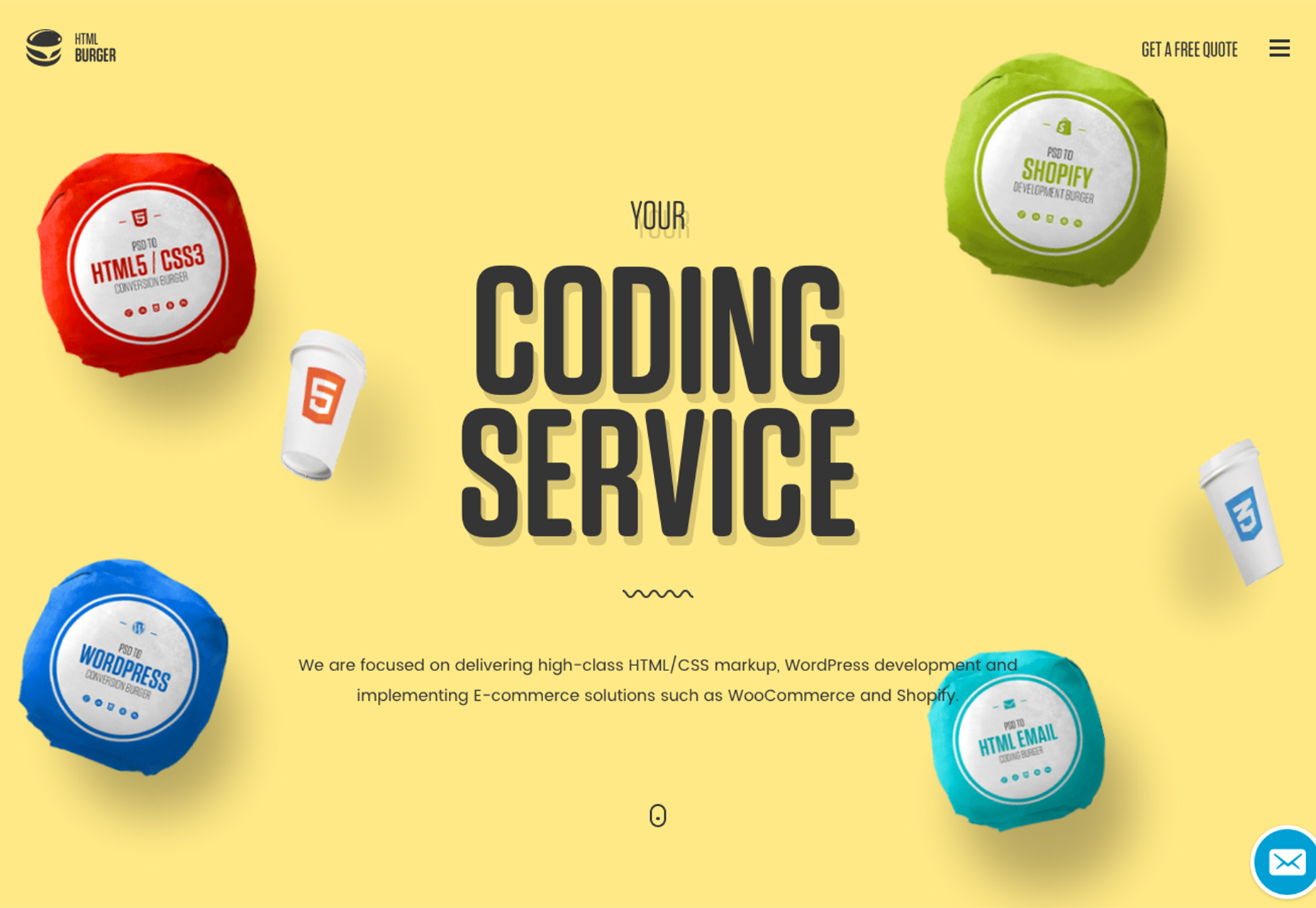
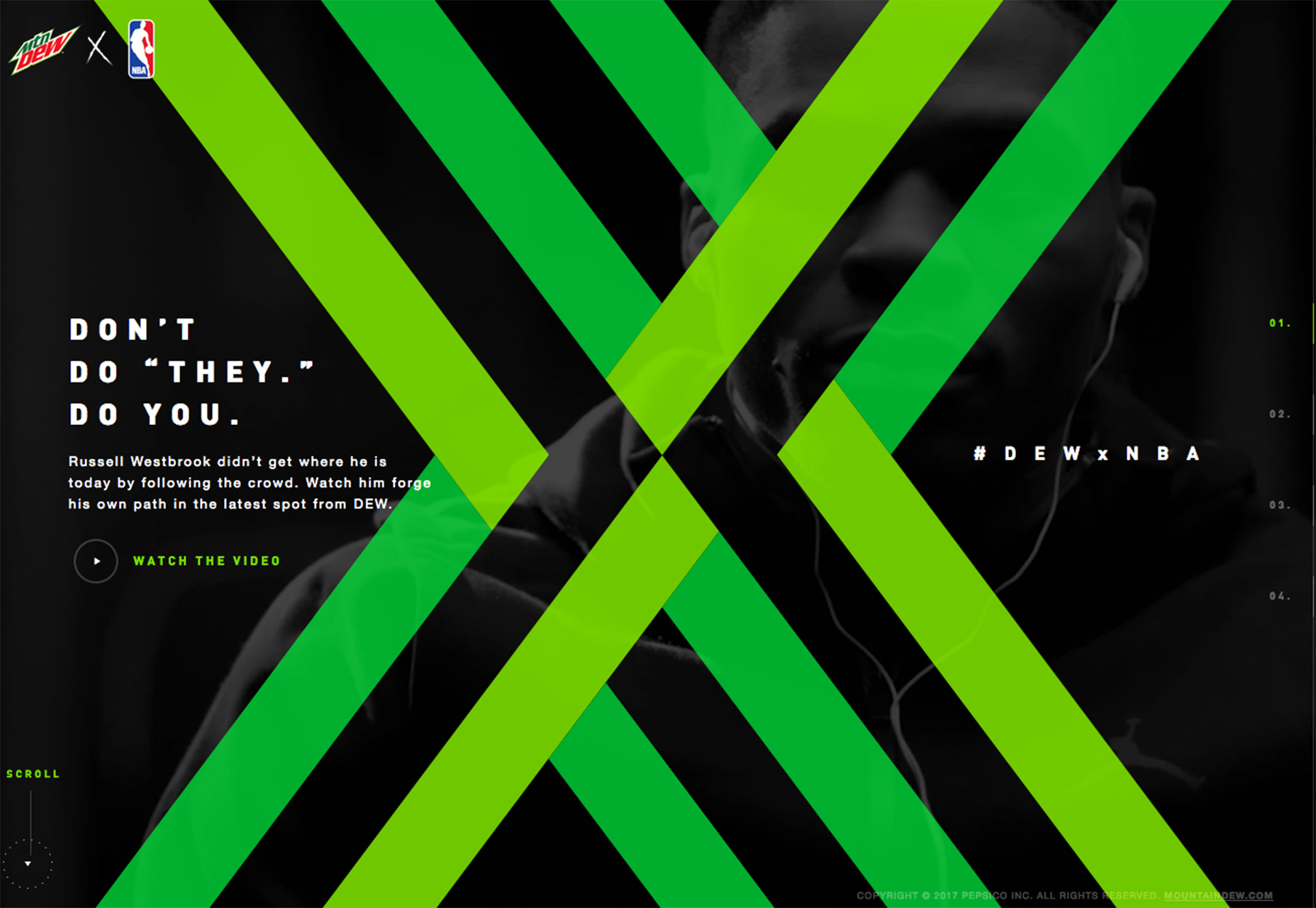
2. Geometric Layering
New ways to layer elements has been steadily growing in popularity. First brought back as a mainstream and modern design technique by Google’s Material Design idea, geometric layering is a different way to add visual interest to visuals that might leave something to be desired. Each of the examples below uses a framework with bold shapes to bring new life to images that are somewhat plain – buildings, a meeting photo, images of people working. The addition of fun shapes, cut outs and color give the user a starting point to get into the design. Note how each of the designs uses geometric to effectively move the user from a shape to the most relevant content, such as a headline or branding. Geometry can be used in a number of ways that integrates with the rest of the design:- cut into images to bring focus to important test elements like Salt Projects;
- use an unexpected bright border element to create an off-balance focal point that leads users across the screen such as Bailey and French;
- put photos in unusual shapes to add new focus on the images, like Alchemy Digital.
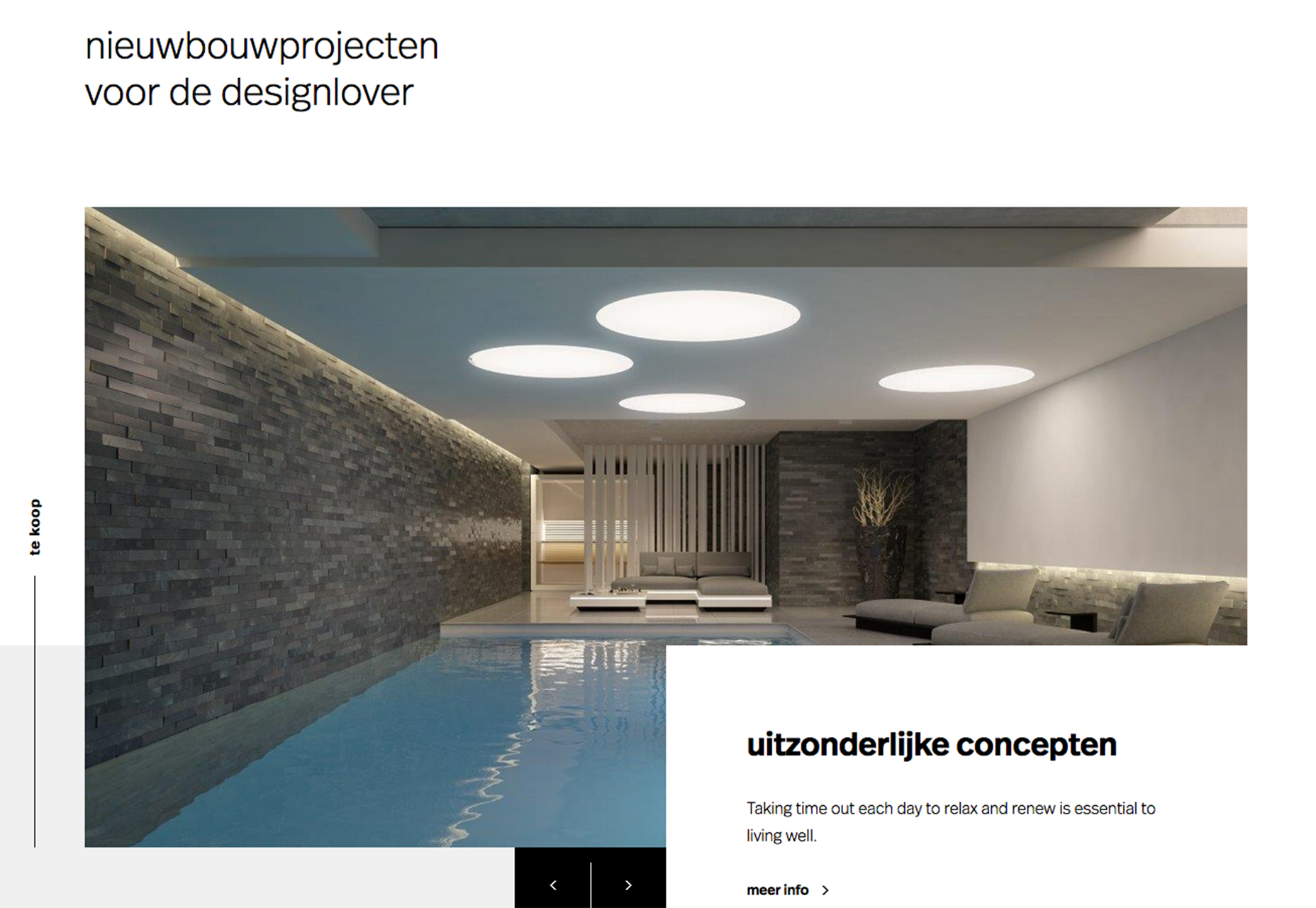


3. Blurred Imagery
Blurred imagery is a technique that’s not new. But it seems to be getting new life with more designs featuring fully, or partially, blurred images or video. Blurred imagery can create a distinct feel for a website with an element of mystery or help push the emphasis away from the image to other part of the design. Each of the examples below uses blur for different reasons:- Digitalux takes what would be a boring bit of video—people working in an office—and uses blue to add a bit of movement behind the main message and call to action;
- Playkot uses a blurred background to add emphasis to the fun character and interesting typography treatment in the foreground, adding an element of reality to this virtual city-style gaming adventure;
- ESPN’s “We the Fans” features a blurred stadium style backdrop that would almost be a football arena anywhere to showcase the preview for a television documentary; the blurred backdrop helps put more focus on the fun type treatment that’s the main branding for the series.
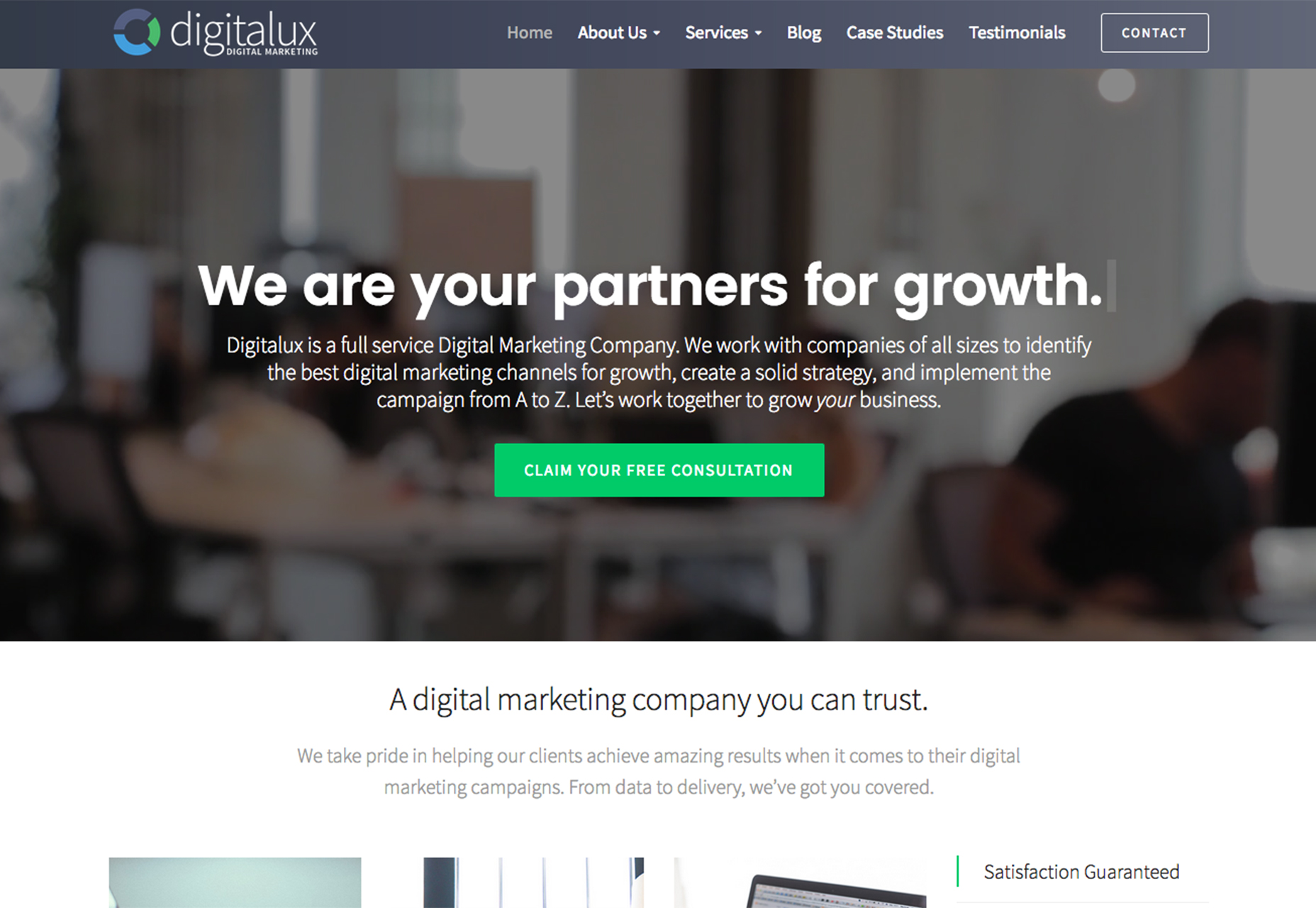
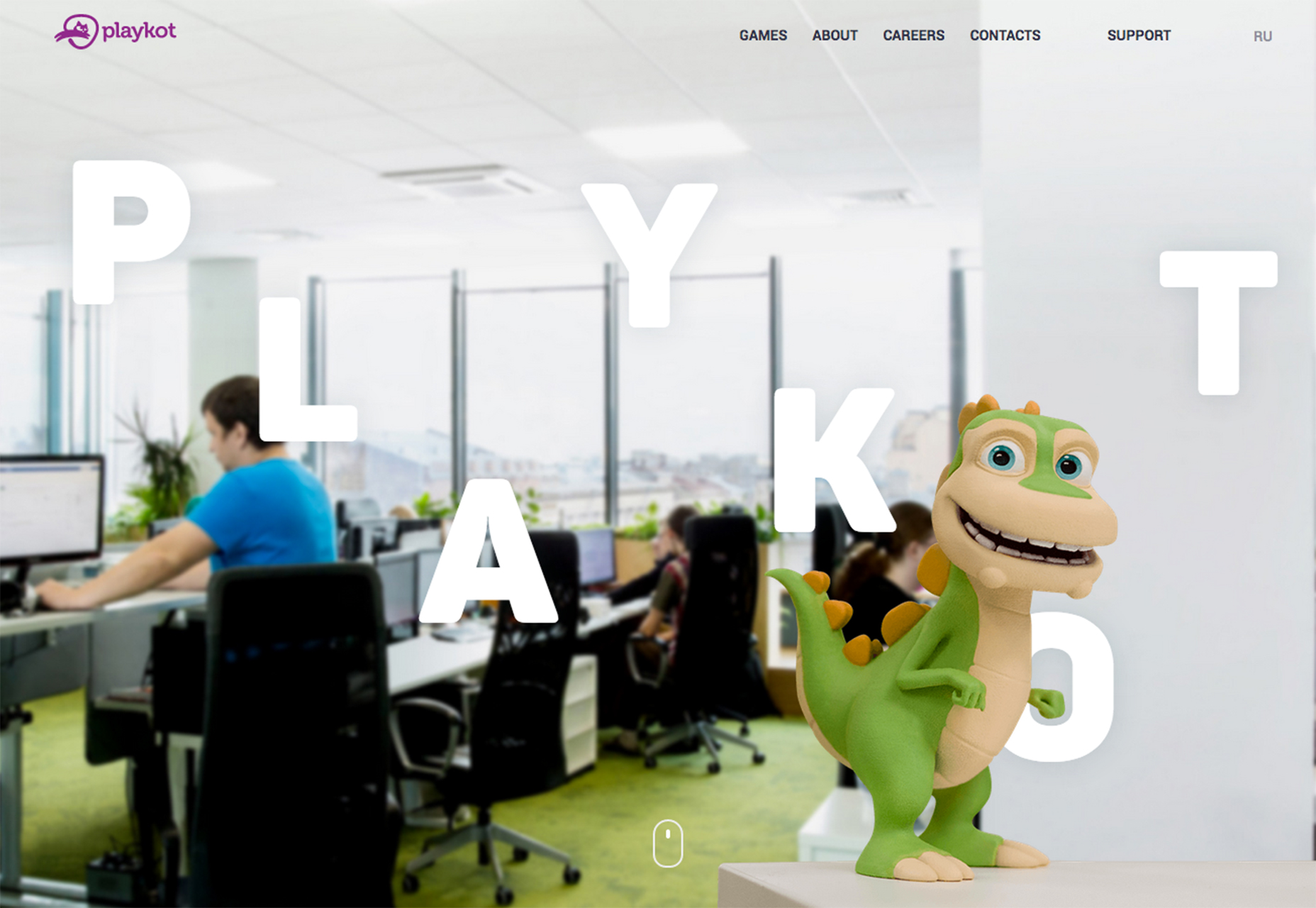
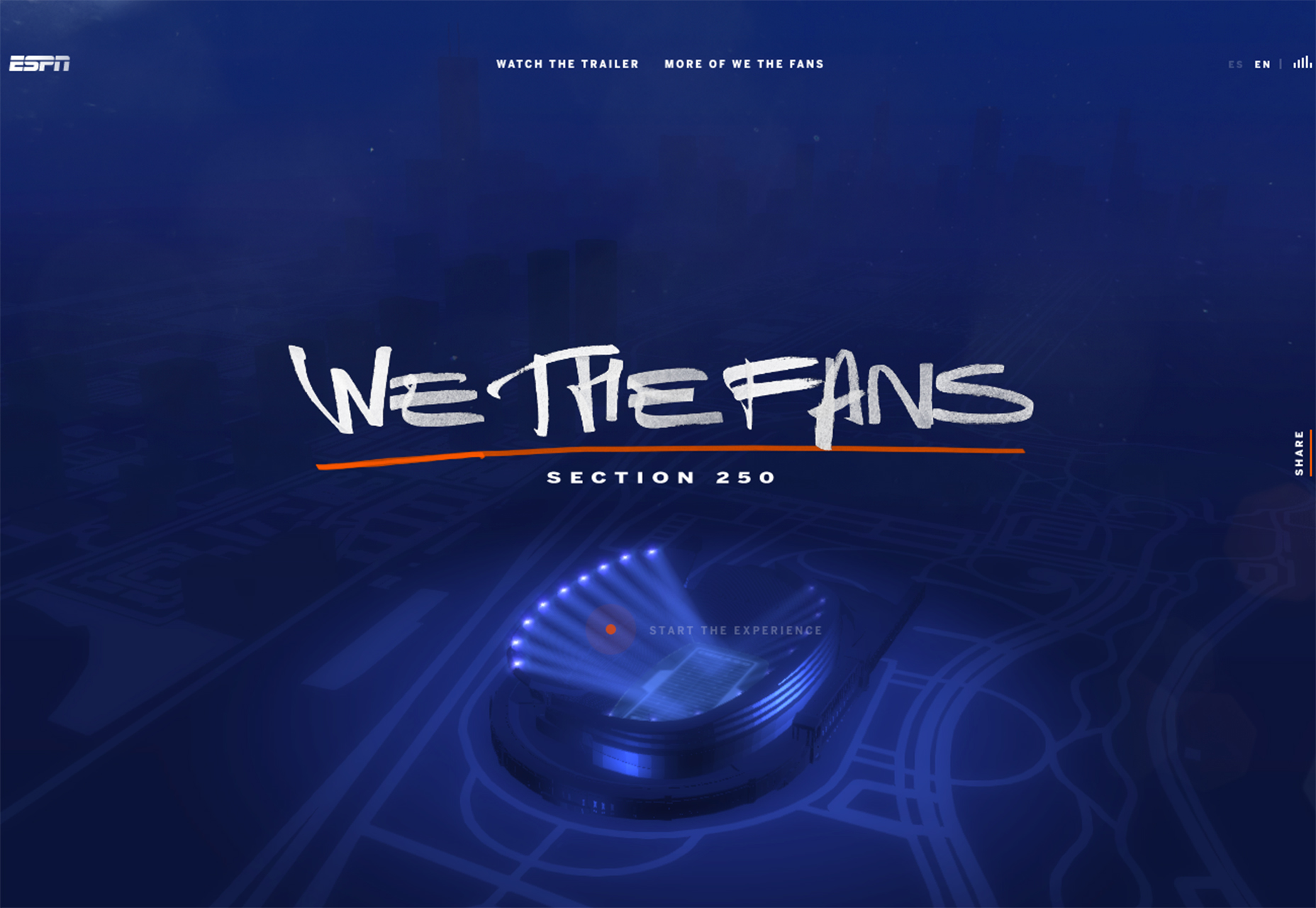
Conclusion
Sometimes the biggest trends are stepping stones in the evolutions of other trends. It can be interesting to see the small-step progress almost as it happens. That’s what you tend to get when looking at trending elements that can be applied to almost any project, such as the three trends showcased here. The nice thing about these ideas is that they are applicable on almost any scale. You can add tiny text to just your homepage, for example, and see how the change impacts users before rolling it out on a wider scale. Trial and testing on this level will help predict whether a trend like this will have staying power or will fade quickly. What trends are you loving (or hating) right now? I’d love to see some of the websites that you are fascinated with. Drop me a link on Twitter; I’d love to hear from you.Carrie Cousins
Carrie Cousins is a freelance writer with more than 10 years of experience in the communications industry, including writing for print and online publications, and design and editing. You can connect with Carrie on Twitter @carriecousins.
Read Next
3 Essential Design Trends, November 2024
Touchable texture, distinct grids, and two-column designs are some of the most trending website design elements of…
20 Best New Websites, October 2024
Something we’re seeing more and more of is the ‘customizable’ site. Most often, this means a button to swap between…
Exciting New Tools for Designers, October 2024
We’ve got goodies for designers, developers, SEO-ers, content managers, and those of you who wear multiple hats. And,…
15 Best New Fonts, September 2024
Welcome to our roundup of the best new fonts we’ve found on the web in the previous four weeks. In this month’s edition…
By Simon Sterne
3 Essential Design Trends, October 2024
This article is brought to you by Constantino, a renowned company offering premium and affordable website design
You…
A Beginner’s Guide to Using BlueSky for Business Success
In today’s fast-paced digital world, businesses are always on the lookout for new ways to connect with their audience.…
By Louise North
The Importance of Title Tags: Tips and Tricks to Optimize for SEO
When it comes to on-page SEO, there’s one element that plays a pivotal role in both search engine rankings and user…
By Simon Sterne
20 Best New Websites, September 2024
We have a mixed bag for you with both minimalist and maximalist designs, and single pagers alongside much bigger, but…
Exciting New Tools for Designers, September 2024
This time around we are aiming to simplify life, with some light and fast analytics, an all-in-one productivity…
3 Essential Design Trends, September 2024
September's web design trends have a fun, fall feeling ... and we love it. See what's trending in website design this…
Crafting Personalized Experiences with AI
Picture this: You open Netflix, and it’s like the platform just knows what you’re in the mood for. Or maybe you’re…
By Simon Sterne
15 Best New Fonts, August 2024
Welcome to August’s roundup of the best fonts we’ve found over the last few weeks. 2024’s trend for flowing curves and…
By Ben Moss















